By Doug Geyer
Color temperatures. Brushwork. Figure drawing. Firing the clay. Perspective. Site-specific installation. Typography. Depth of field. Art.
For the artist, there are words and phrases that quicken the pulse, dilate the pupils, engage the soul.
Creating a business plan. Writing resumes and cover letters. Job interviews. Grant proposals. Building a budget. Pricing your art.
Not so much.
Creatively developing their students are what art schools are all about. Professionally developing them for their working life beyond the studio – not so much. Especially smaller schools where students don’t have access to business programs and where faculty don’t have the courage that a big budget cushion affords.
While Paige Williams, Chair of the AAC’s Studio Program, was attending an AICAD conference (Association of Independent Colleges of Art and Design) she heard a presentation on the +B Professional Preparation Program.
“The +B program collects and synthesizes professional training that students receive at the Art Academy in and beyond coursework. Participation in the +B program is a volunteer experience in which students may enroll at any time. Students must complete a minimum of 400 +B points in order to qualify for the +B Distinction upon graduation.” (from +B brochure)
One of the main goals is to help the students view much of what they already do as students at the AAC as practical preparation for work they’ll do as interns and working professionals. Giving a presentation. Participate in the critique of other’s work. Create an Excel spreadsheet. Apply for an exhibition space. Write a proposal.
Collecting all of these experiences not only builds their +B binder but their confidence as well.
The fact that the AAC has folded this program into their offerings is a testament to Paige’s “why not” attitude. One that is encouraged and empowered at the Academy.
When Paige listened to the woman (from a much bigger school) give the presentation on what she was envisioning for a potential program, Paige could have dismissed it as something for bigger schools with more resources who offer business courses as well as a Business Minor. But she didn’t. Where faculty from other schools saw obstacles, Paige saw opportunities.
“They were all thinking about how to incorporate it into their curriculum, who was going to be the administrator, how they were going to pay them… We were more, ‘Let’s just do it’.” To Paige’s knowledge, the AAC is the first AICAD school in the country to adopt the program.
“To be the most celebrated, relentless, rebellious, cutting-edge and radiant community of artists and designers anywhere, at any time—the seers, the radicals, the innovators, and creative professionals who establish the rules that the future will follow.” The AAC’s mission is made more real and relevant when its faculty find ways to set the pace themselves and maybe break the rules first in order to rewrite them.
When the Higher Learning Commission recently visited the AAC as part of their accrediting process, they found the +B Program to be very interesting and inspiring. Current students who are taking advantage of the professional development opportunities at the AAC echo this sentiment.
Daija Williams shared, “I feel confident about entering the arts world with a wide range of experiences and a strong resume. It has also helped me reach out for more opportunities in Cincinnati so that I have the connections I need moving forward in my career.”
Aaron Broughton confirmed that +B helped him and his fellow students realize that they were actually learning many of these skills in the course of the academic work but hadn’t appreciated how it was practically preparing them for the ‘business’ of art.
Like the AAC itself, the +B program is evolving and adapting to meet the ever-changing needs of its students and expectations of those beyond its walls. But with dedicated faculty like Paige continuing to ask ‘Why not?’, the answers are sure to come.










